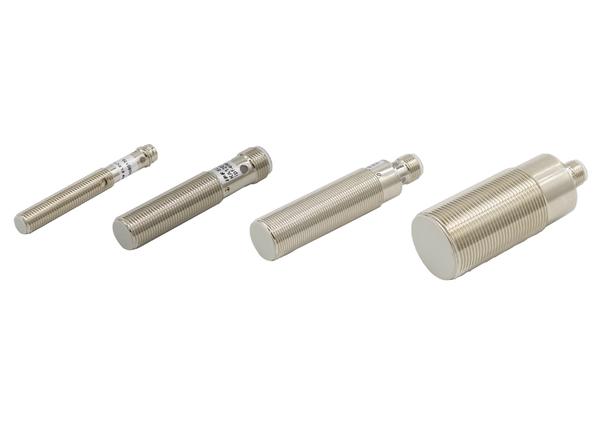From capacitor to capacitive sensor - interesting facts via a proven technology
The history of capacitive sensors began as early as 1745, when the cathedral dean Ewald Jürgen Georg von Kleist and, a year later, the natural scientist Pieter van Musschenbroek experimented independently with the arrangement of glass and metal parts, suffering slight electric shocks during their experiments. This discovery is known today as the Kleist or Leiden bottle and represents the first capacitor in modern history. This capacitor was continuously developed further in the following years, which led to a constant stream of new applications, including in sensor technology, where it is better known as capacitive sensors.
These sensors are, in a sense, capacitors with special designs that make it possible to keep the capacitance variable and then evaluate it via an electronic circuit. This variability can be achieved with moving capacitor plates, for example. If the distance between the plates increases due to a mechanical force, the capacitance of the capacitor decreases. If one side of the capacitor now consists of a membrane, water pressure, for example, can be determined. If this sensor is immersed in a lake, the filling level can be determined via the hydrostatic pressure.
The insulator between the capacitor plates offers another way of interfering with the capacitance. This is made possible by cylindrical capacitors, for example, in which a rod represents one capacitor plate and a tube placed over it represents the other. If the air in the tube is displaced by another medium with a greater permittivity εᵣ, the capacitance also changes here and can be converted into a distance, for example.
These methods are used in our pressure, filling level and level sensors, which can be found quickly via our product selector. The capacitor plates do not necessarily have to run parallel or face each other. A capacitor with open or stacked plates could be understood as open and is the basis of our capacitive proximity switches, the absolute classics of this sensor family. Here too, the insulator usually consists of air in the initial position. If this is displaced by another medium, the relative permittivity in the sensor's detection space changes, which can trigger a switching operation.
Electric fields can always propagate. The vacuum ε0 therefore serves as a reference point for the relative permittivity εᵣ. In practice, the sensors detect any material with a relative permittivity of >1.5. The higher this value is, the greater the switching distance will ultimately be. The ability to set the threshold of the sensors further expands the range of applications immensely. For example, filling levels can be detected through a plastic or glass wall if the permittivity of the medium exceeds that of the wall by a factor of around five.
As the proximity switches in this sensor family have always been faithful companions in our portfolio, we have decided to offer a preferred series in order to maintain a good balance between requirements and price. The sensors are available in a cylindrical threaded housing for flush mounting under the following article numbers.
Article no. Thread size Version
KA080170 M8 2mm switching distance
KA120120 M12 6mm switching distance
KA180120 M18 12mm switching distance
KA300120 M30 25mm switching distance
